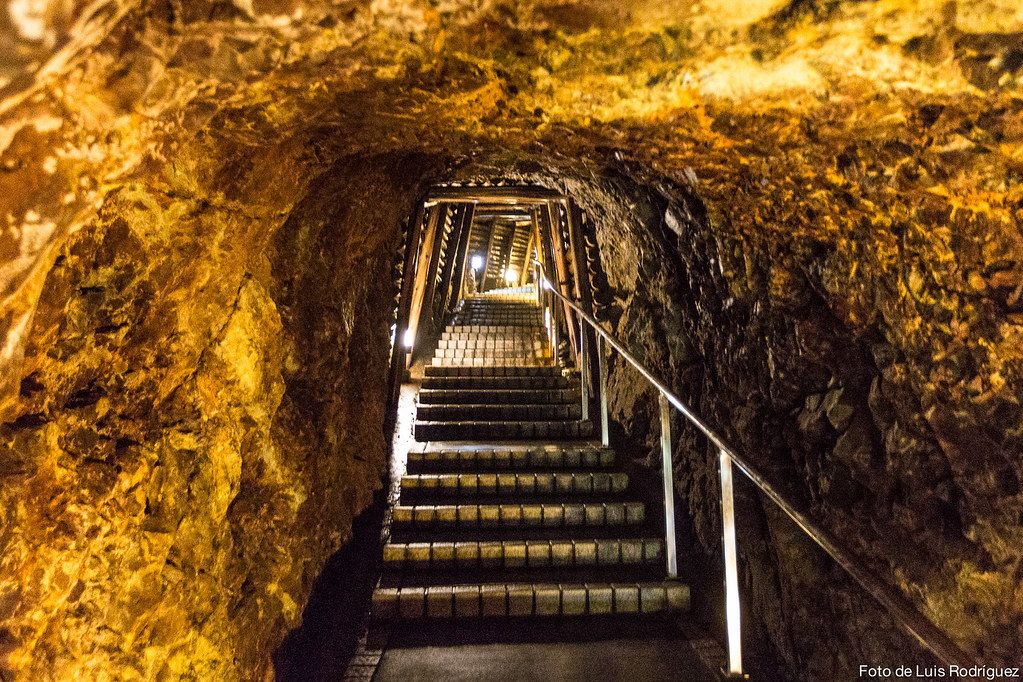
A former Japanese gold mine associated with wartime forced labor by Koreans has been inscribed as a United Nations Educational, Scientific and Cultural Organization (UNESCO) World Heritage site, South Korea’s Foreign Ministry said, after Tokyo agreed to reflect the site’s full history.
The UNESCO World Heritage Committee (WHC) reviewed and made the decision on the inscription of the mine (the world’s largest gold producer in the 17th century), during its meeting in New Delhi, India.
The Japanese Volleyball Phenomenon Part 2: Setting
This year, both South Korea and Japan are among the 21 member states of the rotating committee. While a two-thirds majority of all WHC member states is required for a site to be included on the list, decisions are generally made by consensus.
Seoul protested Tokyo’s attempt to register the mine, arguing that Japan had initially intended to omit the part of its history involving thousands of Koreans forced to work at the site during World War II, when the Korean peninsula was under Japanese colonial rule from 1910 to 1945.
It is estimated that more than 2,000 Koreans were forcibly mobilized to work in harsh conditions at the Sado mine.
South Korea subsequently agreed to the mine’s inscription, on the condition that Japan faithfully follows the recommendations of the International Council on Monuments and Sites (ICOMOS), an advisory body to the WHC, and takes other measures.
Earlier this month, ICOMOS recommended that the Sado mine nomination case be “resubmitted» to Japan, asking for a more complete explanation of its entire history. In its original submission, Japan limited the mine’s chronology to the Edo period (1603-1868), excluding modern history, during which war atrocities were committed.
Source: https://reporteasia.com/cultura/2024/07/29/mina-sado-inscrita-patrimonio-mundial-unesco-condiciones-impuestas-japon/

